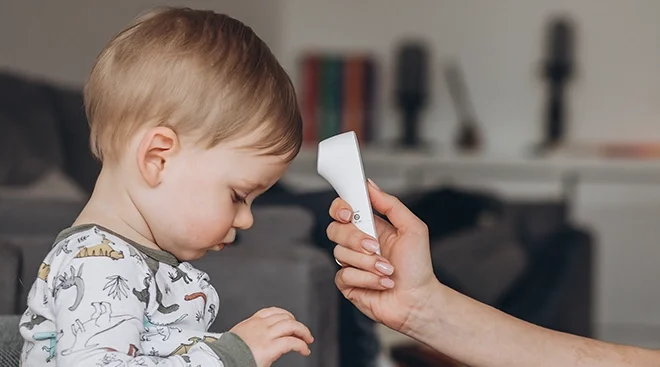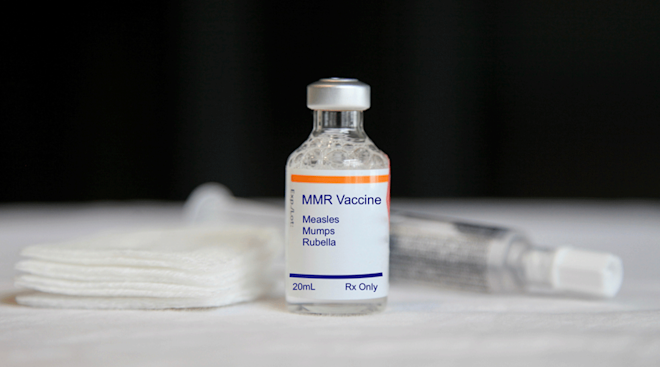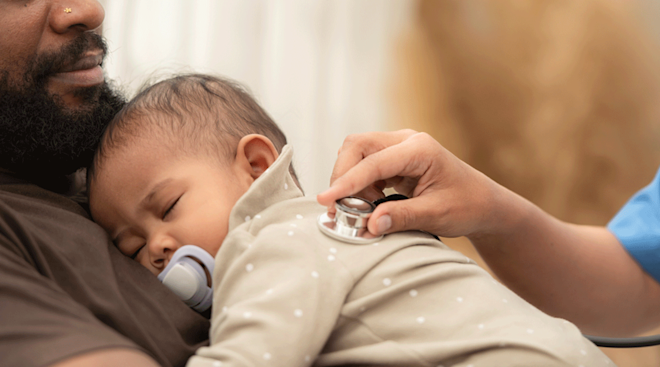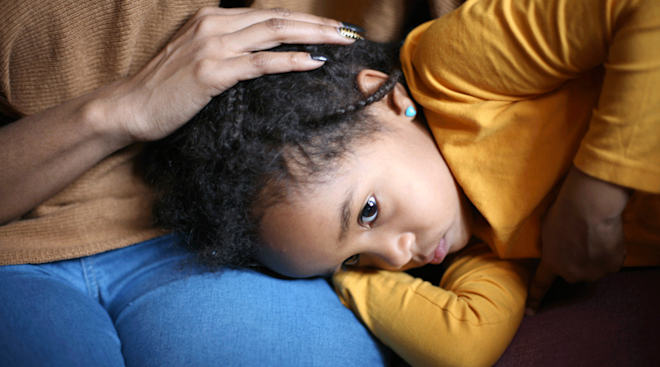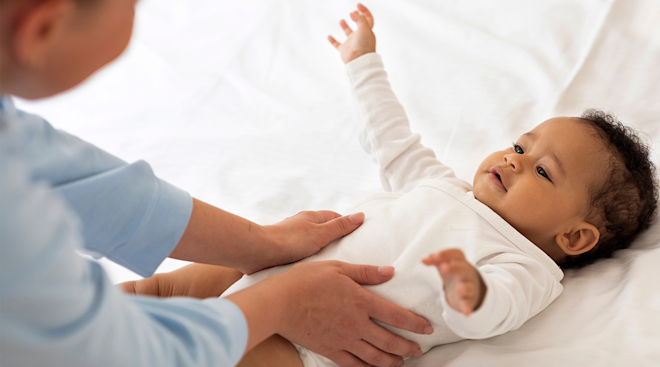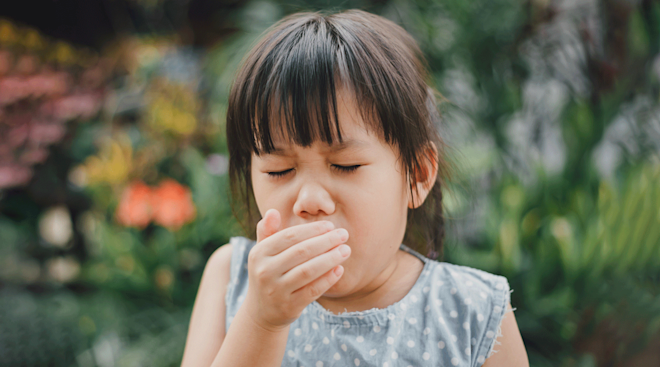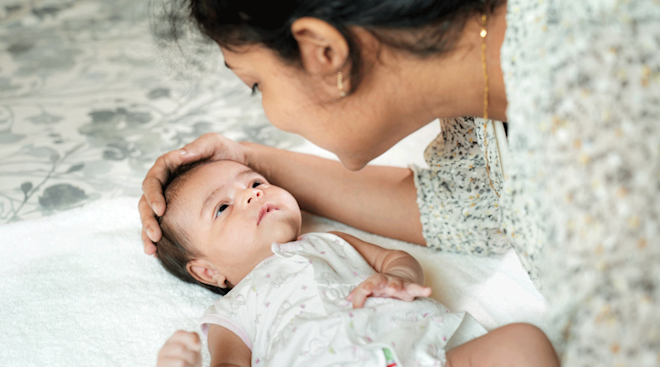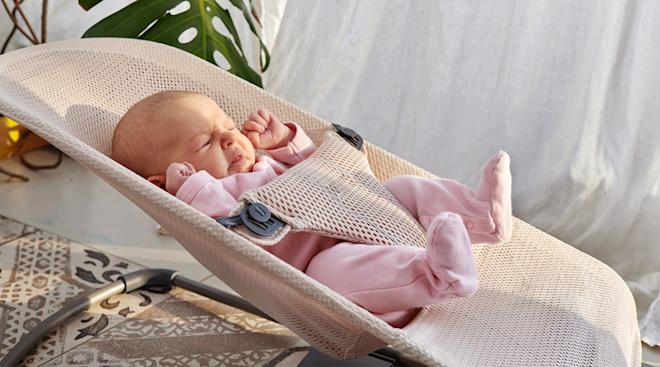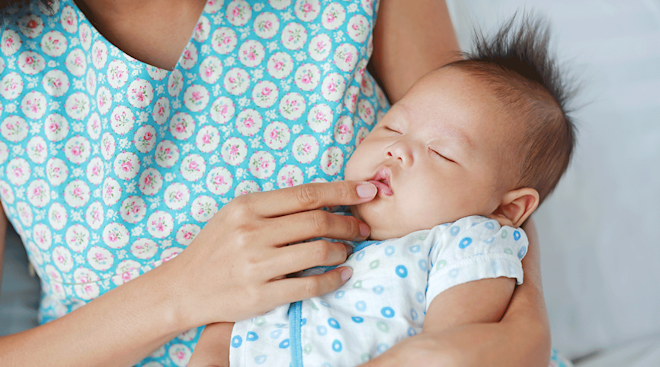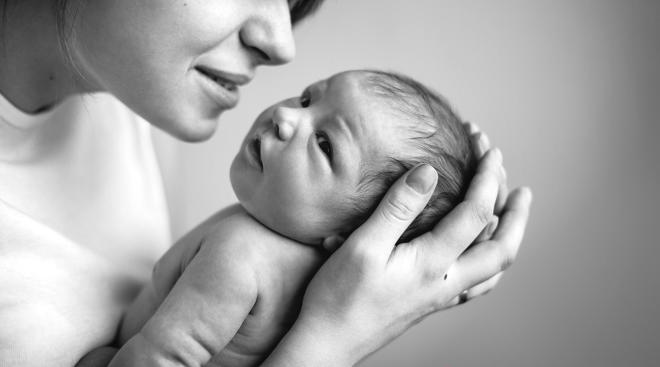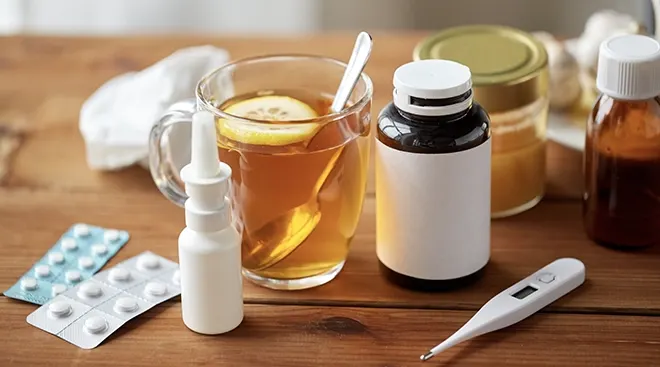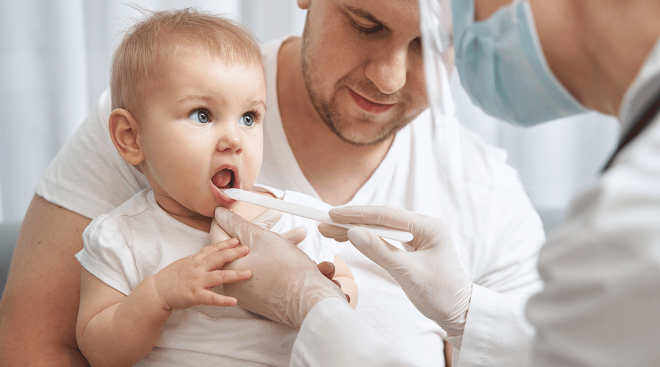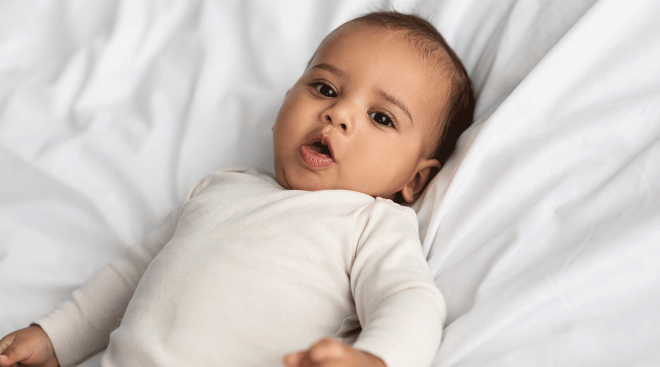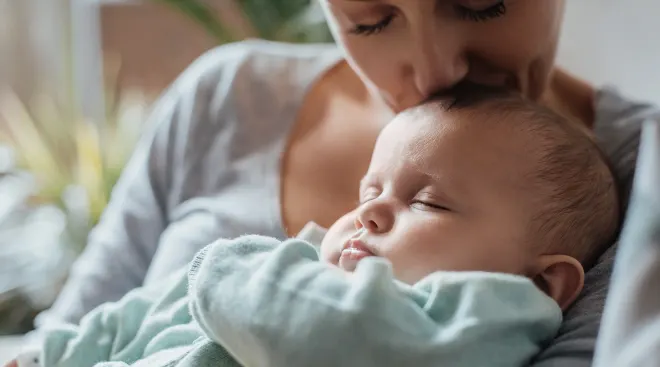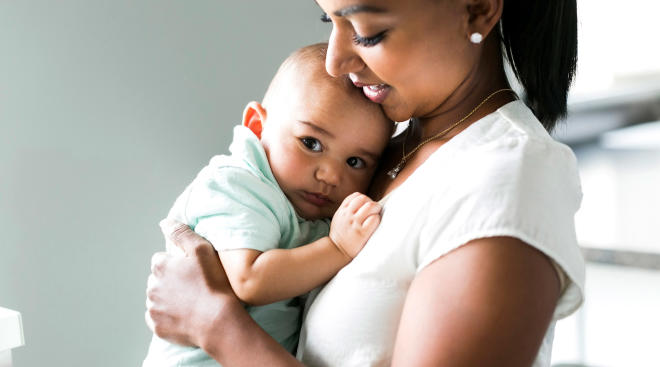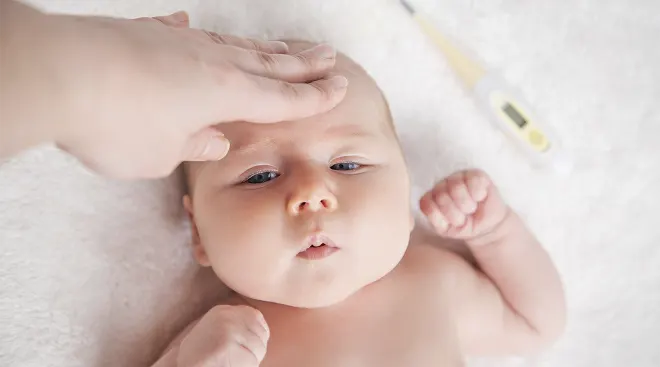Cold vs. COVID: Difference in Symptoms and When to Get Tested
Does it sometimes feel as though your little one is just hopping from one cold to the next? It can be pretty par for the course among babies and toddlers—blame it on their still-developing immune systems. But with the introduction of the COVID-19 virus, many parents are struggling to understand which symptoms indicate a common cold and which are a sign they need to be tested for COVID. After all, there are a lot of overlapping symptoms between the two illnesses, and sniffles, a cough and a sore throat could theoretically point to either. So how can you differentiate between the two? We reached out to Denise Scott, MD, a pediatrician with JustAnswer and a pediatric endocrinologist at Integris Health in Oklahoma City, to better understand the symptoms of a cold vs. COVID-19 and when to get tested.
Colds are viral infections that occur in the nose and throat. According to Mayo Clinic, young children tend to get colds more often than adults because they frequently spend time around older kids and don’t yet have fully developed immunity to common infections. Common colds tend to develop one to three days after exposure. Cold symptoms in babies, toddlers and preschoolers can include:
- Nasal congestion
- Runny nose
- Thick yellow or green nasal discharge
- Fever (usually low grade)
- Sneezing
- Coughing
- Decreased appetite
- Irritability
- Difficulty sleeping
- Trouble nursing or bottle feeding due to congestion
- Sore throat
- Fatigue
“Common colds can cause several symptoms…The child may be uncomfortable, usually from the congestion, but typically doesn’t appear to be very ill and may continue to eat, drink and be playful,” Scott says. While there is no cure for a common cold, aspirators that help keep nasal passages open and humidifiers that keep the nursery air moist can be helpful. Colds tend to resolve on their own in 10 to 14 days with lots of fluids and rest.
The American Academy of Pediatrics has found that children now comprise approximately 15 percent of all COVID cases. But understanding the symptoms is challenging, as they can vary a lot in young children. “Some little ones will have only a runny nose, congestion and mild cough, but others can develop symptoms of breathing difficulties and appear quite ill,” explains Scott.
According to Mayo Clinic, most children with COVID-19 are either asymptomatic or have mild symptoms that look similar to a cold. Symptoms include:
- Fever
- Cough (usually phlegmy)
- Sore throat
- A new loss in taste or smell
- Nausea, vomiting, belly aches or diarrhea
- Chills
- Muscle aches and pains
- Extreme fatigue
- New severe headache
- New nasal congestion
- Changes in the skin, such as discolored areas on the feet and hands
It’s important to note that children with underlying conditions, such as diabetes, asthma, obesity, immune suppression and congenital heart disease, as well as babies younger than a year old, are all at higher risk for severe illness, as they have weaker immune systems. “Parents should be aware that certain children are at higher risk for more serious COVID symptoms, just like adults,” Scott explains.
How to identify MIS-C
Another aspect for parents to keep on their radar? Multisystem Inflammatory Syndrome in Children (MIS-C ), which some kids develop after having COVID-19. “[It] is similar to Kawasaki disease. It’s due to severe inflammation in different parts of the body, which can include the heart and lungs, kidneys, skin, eyes, brain and GI tract,” Scott says, adding that it most likely affects “a significantly ill child who has had a history of having had COVID. The vast majority of children with COVID do not develop this, but it’s something to be aware of and to seek medical attention if this is a concern.”
The symptoms to watch out for include:
- Fever
- Abdominal pain, with or without vomiting and diarrhea
- Extreme fatigue
- Fast heart rate or fast breathing
- Red eyes
- Red cracked lips
- Swelling of the hands and/or feet
- Confusion
Long-lasting symptoms of COVID-19 in young kids
While most cases in children are mild, Mayo Clinic reports that some kids may continue to experience symptoms of COVID-19 even after they’ve recovered. These long term symptoms can include:
- Tiredness or fatigue
- Headache
- Trouble sleeping
- Trouble concentrating
- Muscle and joint pain
- Cough
If your child has symptoms, your doctor will likely test for COVID-19 with a nasal swab, as well as test any phlegm your child is coughing up.
For parents wondering how to distinguish COVID from a cold, it’s worthwhile to understand the red flags to look for, which can be strong indicators of a COVID infection. Scott says these include any difficulty breathing—such as fast breathing or making noises during an exhale—as well as a constant cough, extreme fatigue, confusion, decreased fluid intake and a high fever of 104 degrees Fahrenheit or more.
Another notable difference? COVID-19 will likely cause symptoms that extend beyond the respiratory system. “Distinguishing between the symptoms of a simple cold vs. COVID can be quite difficult for both a parent and physician, unless there are additional symptoms beyond respiratory,” Scott says. “For example, the common cold only affects the membranes of the upper respiratory tract,” she explains. “If a child has upper respiratory symptoms along with additional symptoms not related to the respiratory tract, or any difficulty breathing, then this goes beyond the common cold.” It could be a sign of COVID if your child is experiencing additional symptoms such as:
- Nausea
- Vomiting
- Diarrhea
- Abdominal pain
- Chills
- Body aches
- Extreme fatigue
- A frequent bad cough
Mayo Clinic has some more tips on how to tell the difference between the two:
- Coughs are usually drier with COVID-19.
- Sneezing is rare with COVID but sometimes occurs with a cold.
- Any new loss of taste or smell in COVID-19 happens early and often without the presence of a runny or stuffy nose. In the case of a cold, loss of taste and smell only happens occasionally and is usually accompanied by a stuffy nose.
- Symptoms of a cold appear one to three days after exposure, while the symptoms of COVID-19 don’t appear until two to 14 days after exposure.
If your child has a combination of cold-like symptoms, like a cough and sore throat, as well as gut-related symptoms, such as vomiting or diarrhea, with or without fever, Scott recommends getting them tested for COVID. “With the initial strain of COVID, symptoms in children tended to be very mild, more like cold or allergy symptoms,” she says. “The Delta variant tends to cause additional symptoms, which commonly include sore throat or diarrhea.”
Anyone in your family that has close contact with someone with a confirmed case of COVID-19 should also get tested. According to the Centers for Disease Control and Prevention, someone with symptoms should get tested immediately, while someone who was exposed but doesn’t have symptoms should wait at least five days after a known exposure.
Of course, it’s possible to test positive even with minor or no symptoms at all, so if you’re ever concerned, talk to your child’s pediatrician about getting them tested. Scott urges those who test positive to stay home and quarantine. She cites frequent hand washing, isolating to certain rooms, wearing a mask and limiting contact with other family members as ways to help stop the spread. “The majority of children with COVID do not have severe symptoms and can recover at home,” she says, “but any concern regarding breathing or a significantly ill-appearing child is worth a doctor’s visit.”
About the expert:
Denise Scott, MD, is a pediatrician with JustAnswer and a pediatric endocrinologist based in Oklahoma with over 30 years of experience. Certified in culinary medicine, Scott also runs the blog Feed Future Health and is the author of Feed Your Child’s Future Health: Prevent Disease before it Starts. She received her medical degree from the University of Texas Medical Branch and completed her residency at the University of Oklahoma Health Sciences Center, with a fellowship at the National Institutes of Health.
Plus, more from The Bump:
Navigate forward to interact with the calendar and select a date. Press the question mark key to get the keyboard shortcuts for changing dates.

































